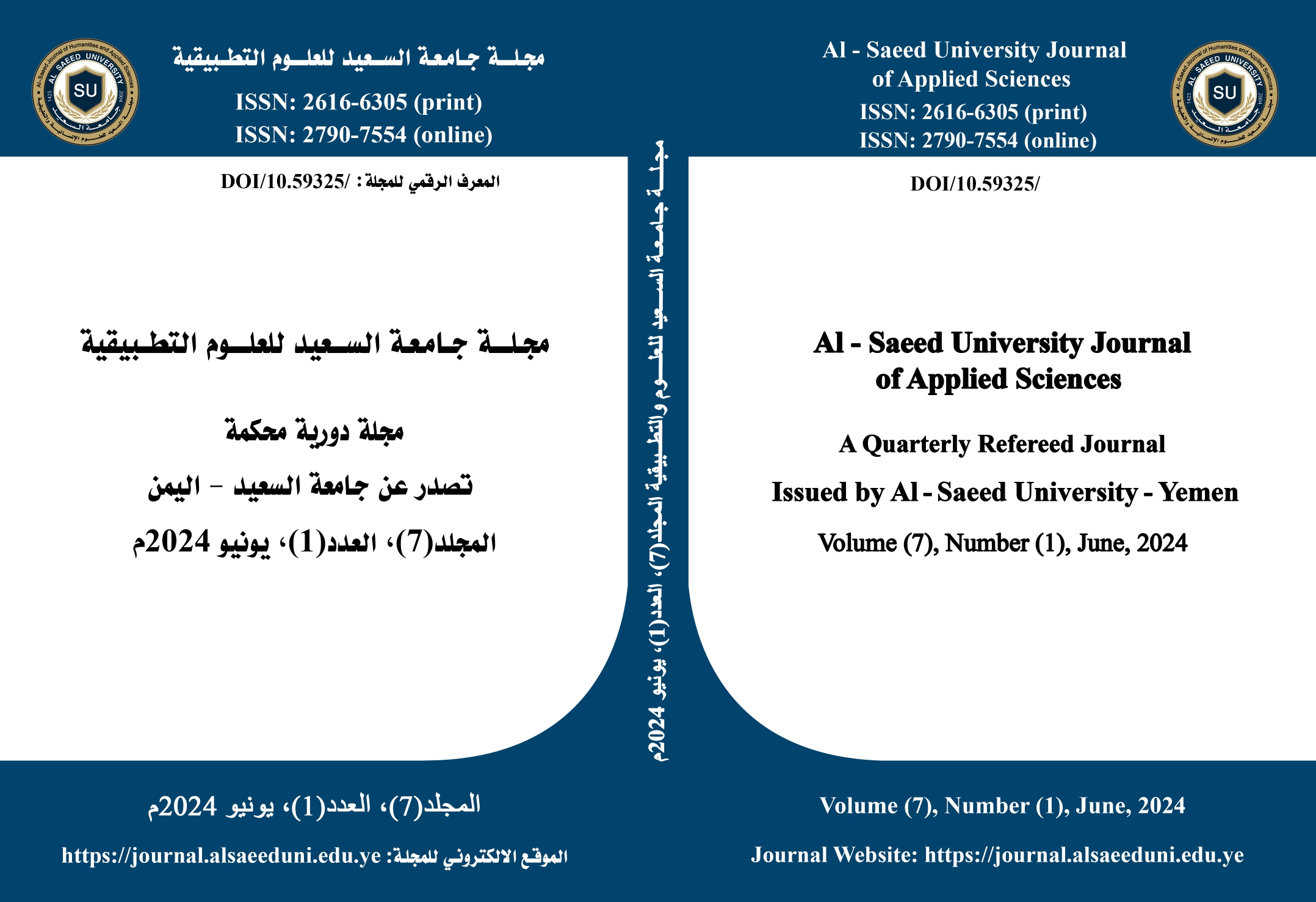Prevalence and Antibiotic Susceptibility Pattern of Streptococcus pyogenes Isolated from Aljanad University Students, Taiz City, Yemen
Keywords:
Group A streptococci, Prevalence rate, Antibiotic Susceptibility PatternAbstract
Group A streptococci (GAS), also known as Streptococcus pyogenes, is a Gram-positive spherical bacterium arranged in chains. GAS causes various infections for humans ranging from superficial skin infections to fatal sever systemic infections. The aim of this study was to estimate the prevalence rate of GAS carriers among students of Aljanad University in Taiz city, Yemen, and to determine the antibiotic susceptibility patterns of GAS isolates against the commonly prescribed antibiotics for treatment of GAS infections. This study is a community based cross-sectional study design in which a 200 university students aged 19–24 years were participated. A total of 200 throat swab specimens were collected from the participants and then subjected for culturing and identification of GAS isolates followed by antimicrobial susceptibility testes. The results revealed that the prevalence rate of GAS carriers among the population group was 4.5 %. The prevalence of GAS among females was 55.6%, which was slightly higher than that found in males (44.4%), with no significant differences (P> 0.05). The antimicrobial susceptibility profiles revealed that the isolated GAS showed high sensitivity to azithromycin (100%) and ciprofloxacin (88.8%). In contrast, GAS isolates were highly resistant to lincomycin (89.9%), penicillin (88.8%) and ampicillin (66.7%). The high resistance patterns of GAS isolates to the common prescribed antibiotics should warn physicians to restrict the prescription of antibiotics to slow down the rising of bacterial resistance rate against antibiotics in the future.



